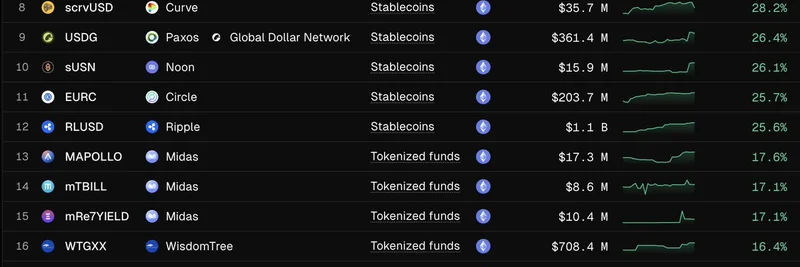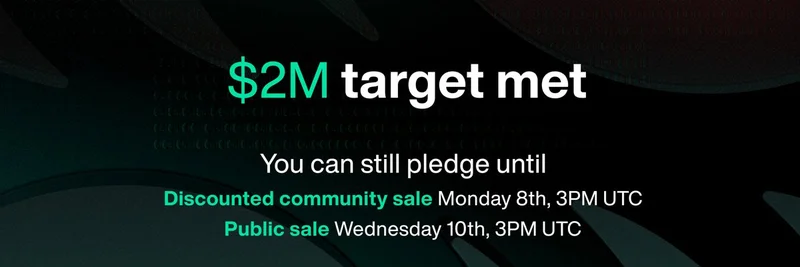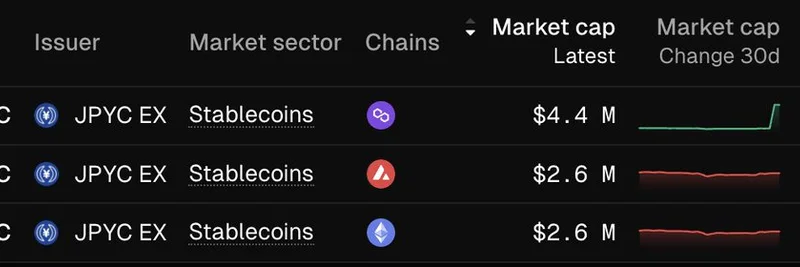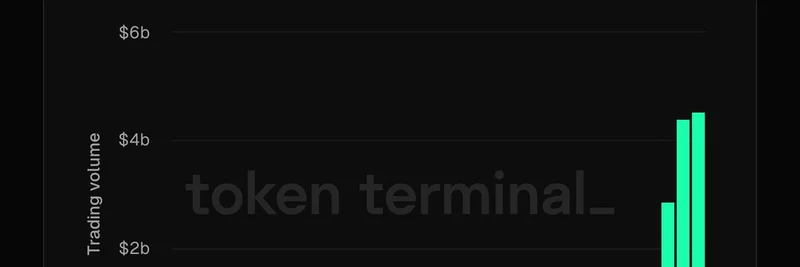When it comes to analyzing the health and growth of decentralized finance (DeFi) platforms, one of the key metrics investors and enthusiasts look at is the Total Value Locked (TVL). TVL represents the total amount of assets locked in a DeFi protocol, typically measured in USD. However, as highlighted by DefiLlama, tracking TVL solely in USD can be misleading due to the inherent volatility of cryptocurrency prices. This is where the importance of also tracking TVL in the chain's native gas token comes into play.
The Challenge of Price Volatility
Cryptocurrency markets are known for their volatility, with prices fluctuating significantly over short periods. This volatility can distort the TVL figures when measured in USD. For instance, a sudden spike in the price of Ethereum (ETH) could make it appear as though more value is locked in DeFi protocols, even if the actual amount of ETH deposited remains unchanged. Conversely, a drop in ETH's price could make it seem like less value is locked, despite no change in user deposits.
To illustrate this, consider the following images from the tweet thread, which show the TVL of a DeFi platform over time:
This image shows the TVL in USD, with a significant peak around early 2022, followed by a decline and a gradual recovery. However, this view alone doesn't account for the price movements of the underlying asset.
In contrast, this image shows the TVL in ETH, the native gas token of the Ethereum blockchain. Here, the fluctuations are less pronounced, providing a clearer picture of the actual deposits into the DeFi applications.
Why Track Both Metrics?
Tracking both USD and native gas token TVL offers a more comprehensive understanding of a DeFi platform's performance. Here's why:
1. Mitigating Price Volatility
By looking at the TVL in the native gas token, you can isolate the impact of price volatility. This helps in understanding whether changes in TVL are due to actual user activity (deposits or withdrawals) or simply price movements. For example, if the TVL in ETH remains stable while the USD value fluctuates, it indicates that the underlying asset deposits are consistent, and the changes are primarily due to ETH's price.
2. Accurate Assessment of User Activity
Native gas token TVL provides a direct measure of the assets users are depositing into DeFi protocols. This is crucial for assessing the platform's adoption and user engagement. A steady increase in ETH TVL, despite USD volatility, suggests growing confidence and interest in the platform.
3. Informed Investment Decisions
For investors, understanding both metrics can lead to more informed decisions. If a DeFi platform shows a high TVL in USD but a declining TVL in ETH, it might indicate that the growth is driven by price surges rather than increased user activity. Conversely, a rising ETH TVL alongside stable or growing USD TVL could signal a robust and sustainable platform.
Practical Example: Ethereum's DeFi Ecosystem
Let's consider Ethereum's DeFi ecosystem as a practical example. Ethereum's native gas token, ETH, is used to pay for transaction fees (gas) on the network. When users deposit assets into DeFi protocols, they often need to hold ETH to cover these fees. Therefore, tracking ETH TVL alongside USD TVL provides a dual perspective:
- USD TVL reflects the market's perception of the value locked, influenced by ETH's price.
- ETH TVL shows the actual amount of ETH being used within the DeFi applications, unaffected by ETH's price changes.
For instance, during a bull market, ETH's price might skyrocket, inflating the USD TVL. However, if the ETH TVL remains unchanged or grows modestly, it suggests that the increase in USD TVL is largely due to price appreciation rather than new deposits.
Conclusion
In the dynamic world of DeFi, understanding the nuances of TVL is crucial for making informed decisions. By tracking both USD and native gas token TVL, investors and enthusiasts can gain a clearer picture of a platform's health, mitigate the effects of price volatility, and assess user activity more accurately. This dual approach is particularly relevant in ecosystems like Ethereum, where the native gas token plays a significant role in transaction costs and user engagement.
As the DeFi landscape continues to evolve, tools like DefiLlama provide valuable insights by offering comprehensive data on TVL across various metrics. Whether you're a seasoned investor or a newcomer to the space, keeping an eye on both USD and native gas token TVL will help you navigate the complexities of DeFi with greater confidence.
Remember, in the world of memes and tokens, staying informed is key. Check out Meme Insider for the latest updates and deep dives into the meme token universe, helping you stay ahead in the ever-changing blockchain landscape.



